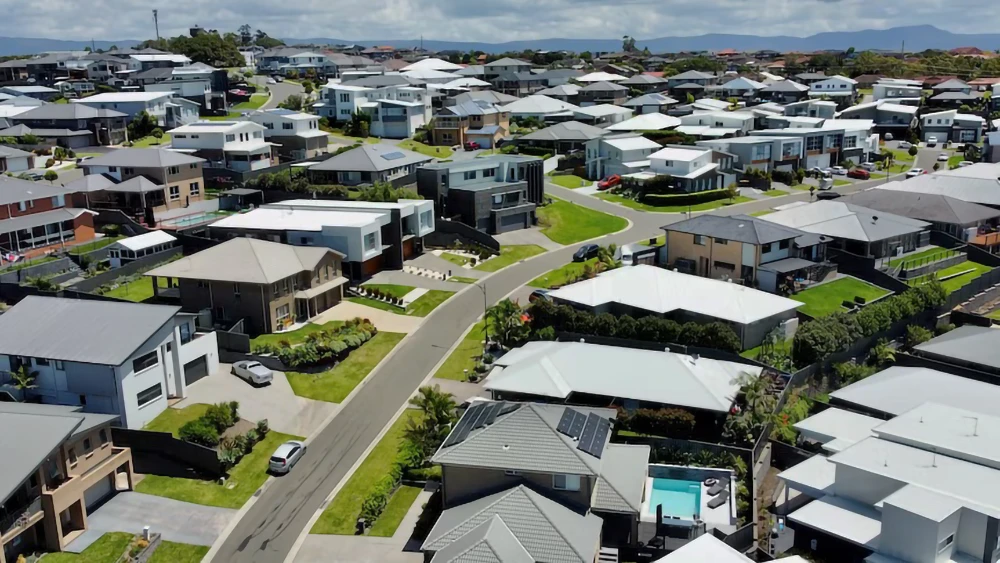“Despite a rise in the number of loans for the construction and purchase of new homes in September, they remain around their lowest levels for the past two decades,” stated Tom Devitt, Housing Industry Association (HIA) Senior Economist.
The ABS released the Lending to Households and Businesses data for September 2023 today, which provides statistics on housing finance commitments.
“There were only 4,282 loans issued for the construction or purchase of new homes in September, leaving the last three months 27.7 per cent lower than during the same quarter last year,” added Mr Devitt.
“Lending activity has been weighed down by the fastest increase in interest rates in a generation. This is drying up the pipeline of new home building work across the country.
“This is consistent with yesterday’s data that showed new house building approvals around decade lows.
“This low volume of lending and approvals will produce a decade low volume of new housing starts in 2024.
“There are very long lags in this cycle due to the record high volume of building work that was in the pipeline when the RBA first raised rates in May 2022. The volume of houses under construction only started declining in the June quarter of 2023, and remains elevated, a year after the first increase in the cash rate.
“This large volume of building work has obscured the impact of these rate rises on the broader economy, especially unemployment, as the building industry employs over one million Australians.
“This slowdown in lending for new housing will make it increasingly difficult to reach the Australian government’s target of building 1.2 million new homes in five years,” concluded Mr Devitt.
In original terms, the total number of loans for the purchase of construction of new homes in the three months to September 2023 declined in all jurisdictions compared to the same quarterly period a year earlier, led by the Australian Capital Territory (-70.0 per cent) and the Northern Territory (-59.4 per cent), and followed by South Australia (-32.3 per cent), New South Wales (-30.9 per cent), Tasmania (-30.1 per cent), Victoria (-27.0 per cent), Queensland (-26.4 per cent) and Western Australia (-15.1 per cent).












